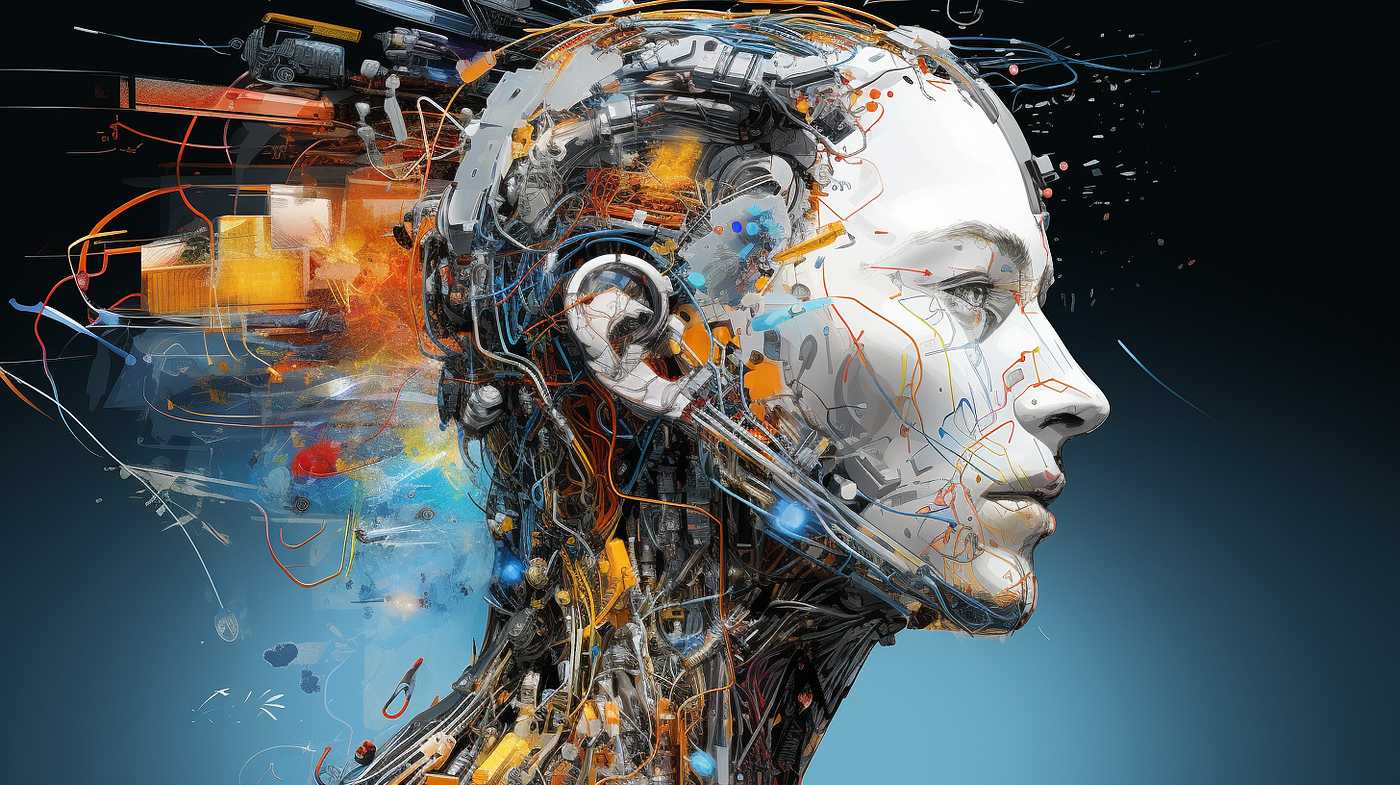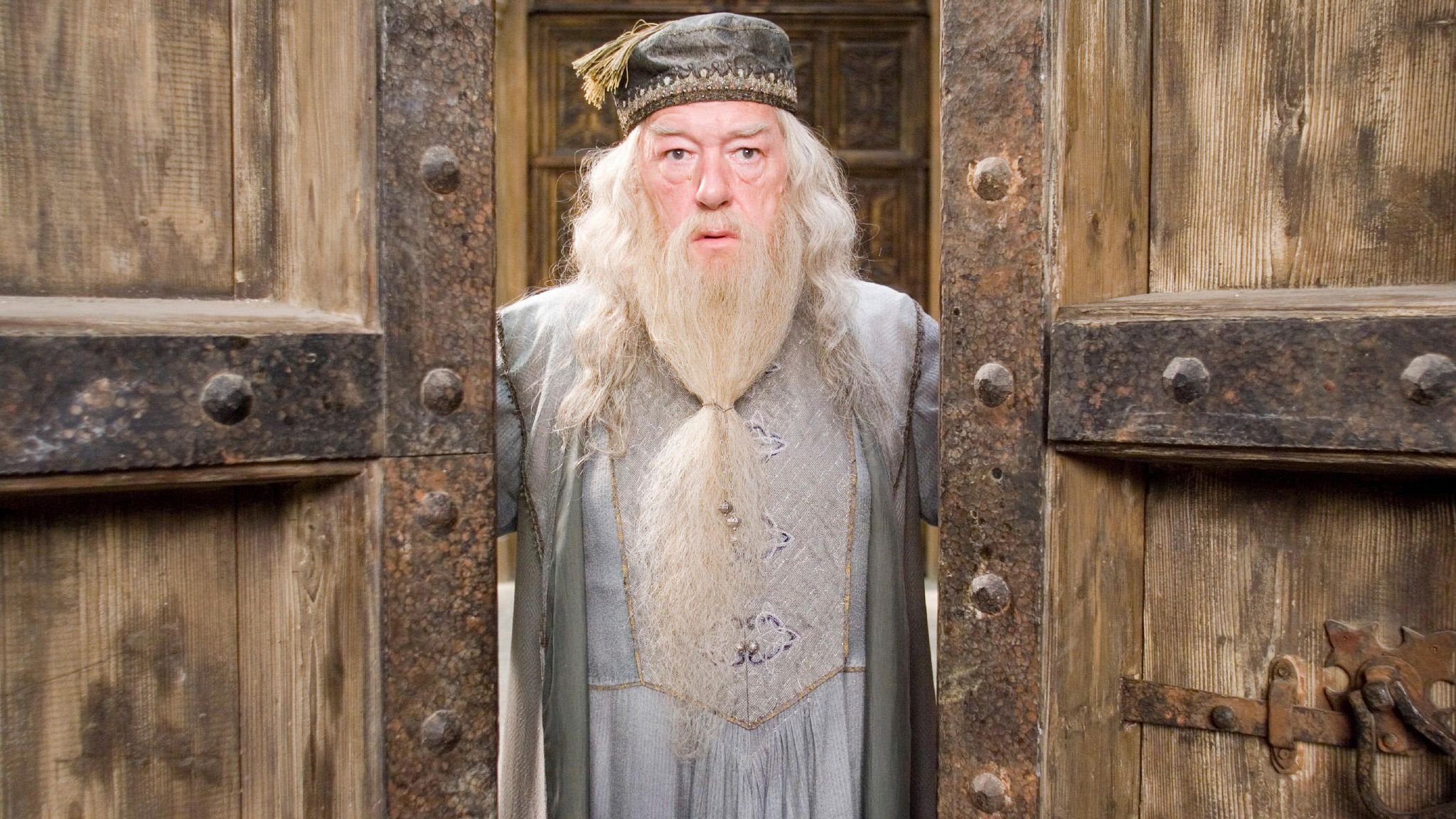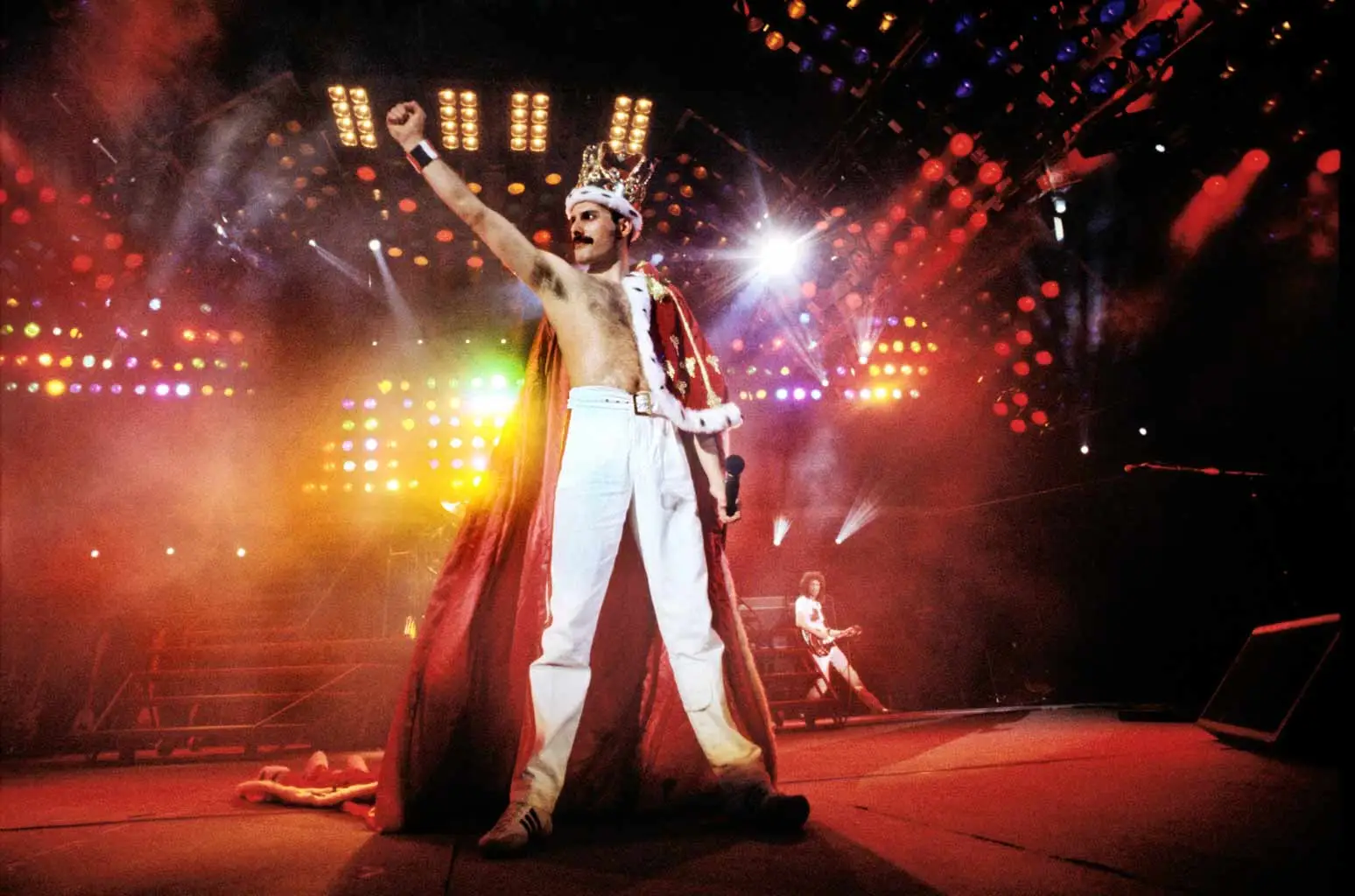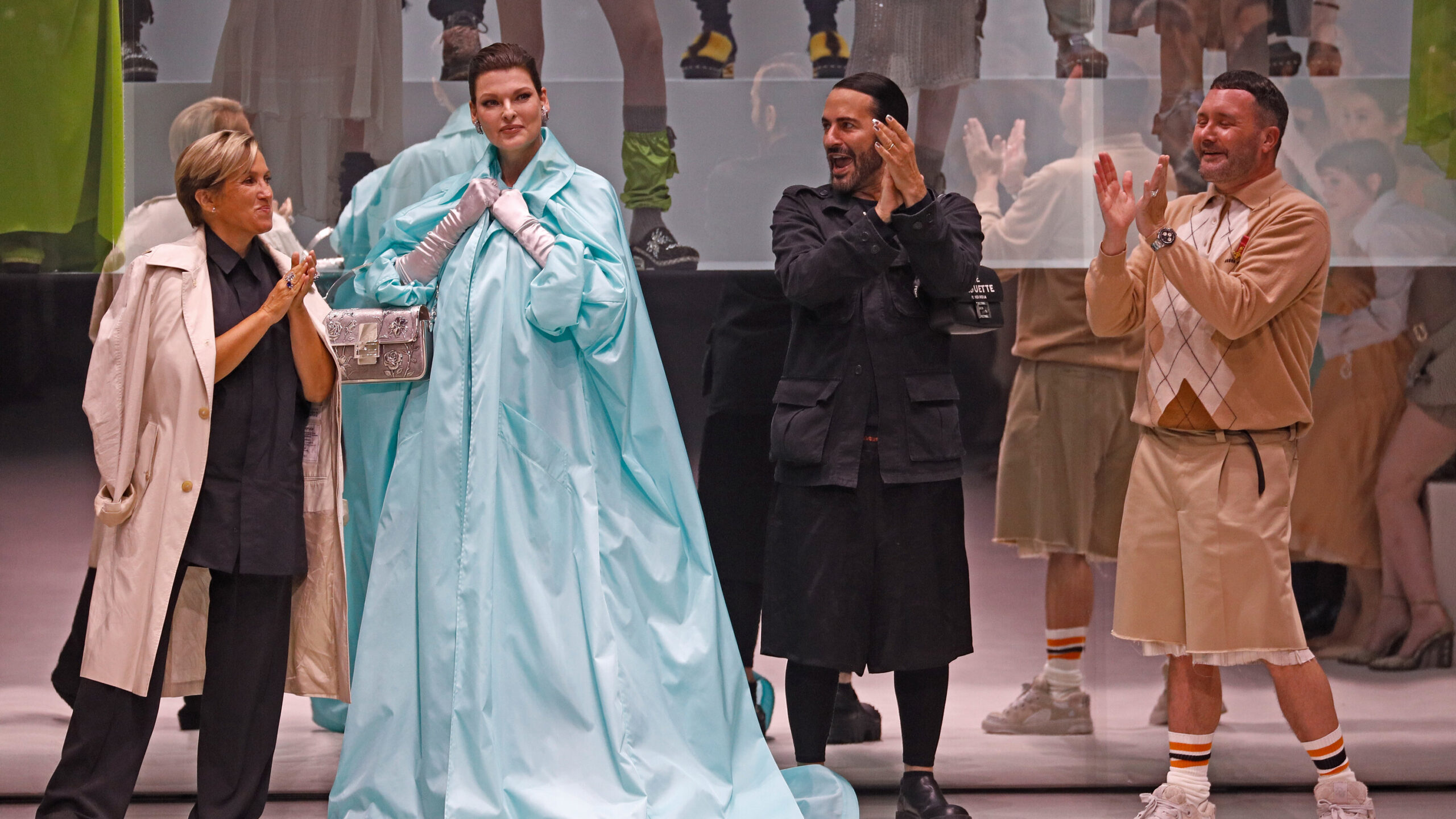Artificial intelligence or AI has been steadily gaining traction in various fields, and the art world is no exception. Some view AI as a raw tool for opening new opportunities and inspiring creativity, much like Photoshop or a paintbrush. However, others view the integration of AI in the art world as a form of threat or plagiarism. The emergence of AI-generated art prompts the enduring and provocative question: What constitutes art?
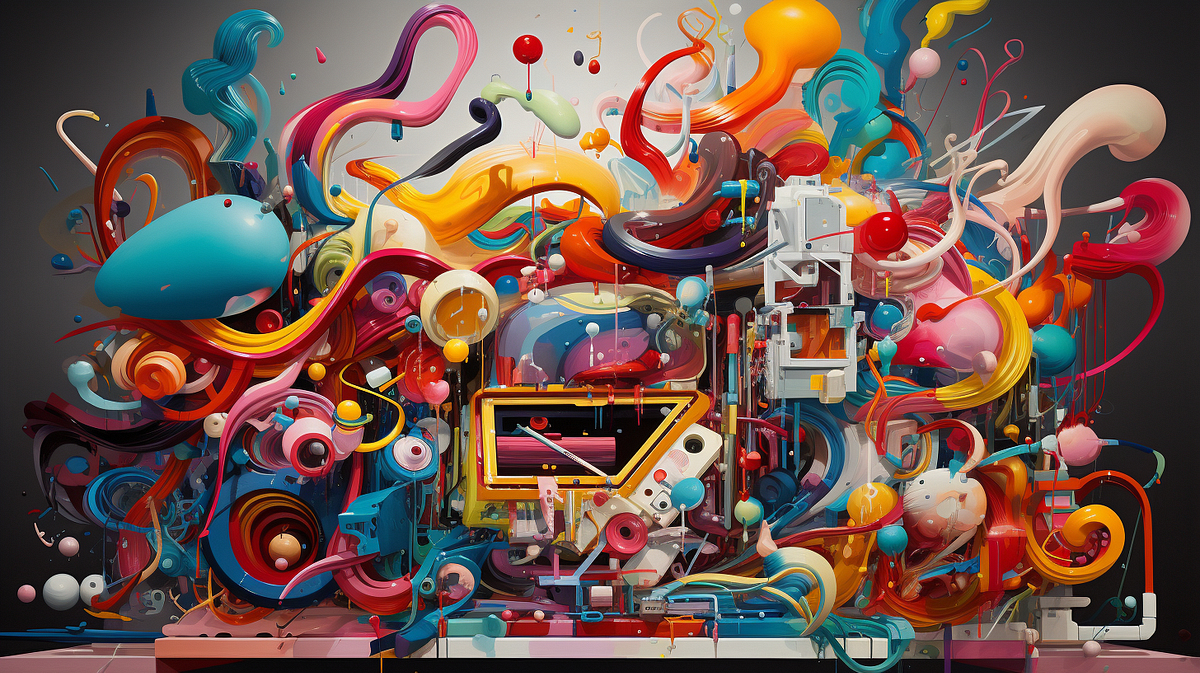
Artificial Intelligence: A New Frontier in Art
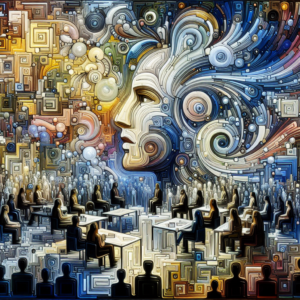
AI technology, with its ability to mimic human functionalities, provides a new realm of possibilities in art production. It can generate artwork exhibiting complex patterns and thought-provoking visuals, carrying the potential to inspire and fuel human creativity. AI-created art deviates from traditional methodologies, adding another layer to the canvas of creativity, much as the introduction of technology did with tools such as Photoshop.
Critics, however, counter this perspective with concerns about the authenticity and originality of AI-generated art. Their argument pivots on AI’s mimicry of human styles and patterns, branding it as an act of plagiarism rather than a creative tool. Accordingly, detractors argue that art should be a human endeavour—a process of imagination, creativity, and spirit—that should not be delegitimized under a wave of code and algorithms.
AI in art The Ethical Dilemma: AI and Intellectual Property
Further complicating the matter is the looming concern of intellectual property rights. Current legal structures are neither comprehensive nor well-equipped to address such queries. Who owns the art produced by an this mechanism? The developer who created the algorithm? The operator who initiated the AI’s creative process? Or possibly no one at all? The debate opens up infinite potential for international policy and legislative discussions.
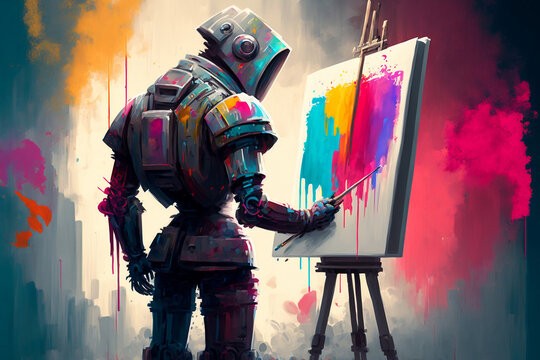
AI and the Definition of Art
The employment of this mechanism also rekindles the age-old discourse on the definition of art. Pioneers argue that AI-generated art breaks the barriers of the orthodox art world, providing democratization to a discipline often deemed elitist. Detractors, however, insist that the human touch in art—the inherent spirit, soul, and imagination—cannot be manufactured by AI and its lines of code.
Artificial Intelligence: Dialogues and Discourses
 At the crux of the controversy around this is not the dismissal of technology but rather a call for a critical evaluation of its scope and limitations. As AI continues to make its way into the art field, it opens new perspectives, provokes public discourse, and challenges conventional notions about creativity and artistry.
At the crux of the controversy around this is not the dismissal of technology but rather a call for a critical evaluation of its scope and limitations. As AI continues to make its way into the art field, it opens new perspectives, provokes public discourse, and challenges conventional notions about creativity and artistry.
Indeed, AI’s integration with art is more than just a conversation about technology’s role; it’s a broader dialogue on art itself, its definition, limits, possibilities, and ultimately its evolution within society.
Conclusion
Is the presence of this mechanism world an evolution of creativity or an act of plagiarism? Rather than looking for a clear-cut answer, it may be more instructive to appreciate the dialogue this intersection generates and the resultant innovations. As the debate continues, so does the evolution of art, a testament to its dynamic nature that perpetually reflects and interrogates the zeitgeist.
